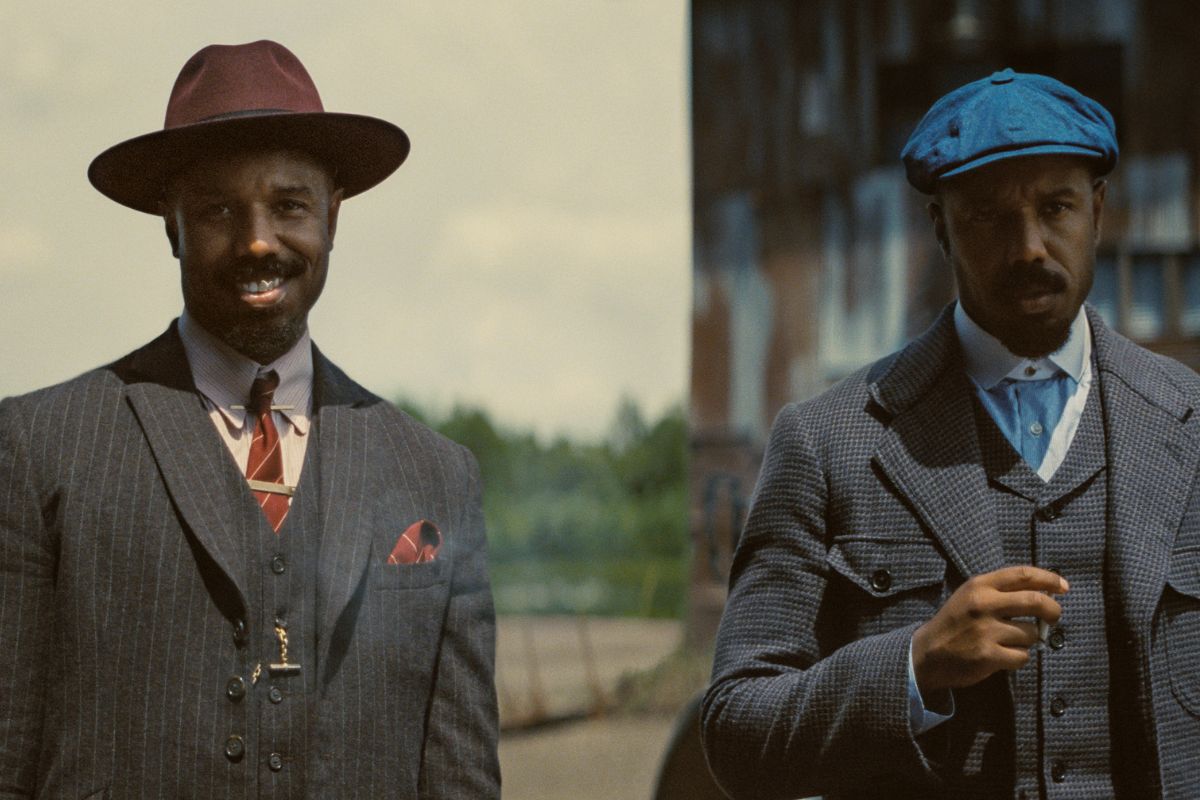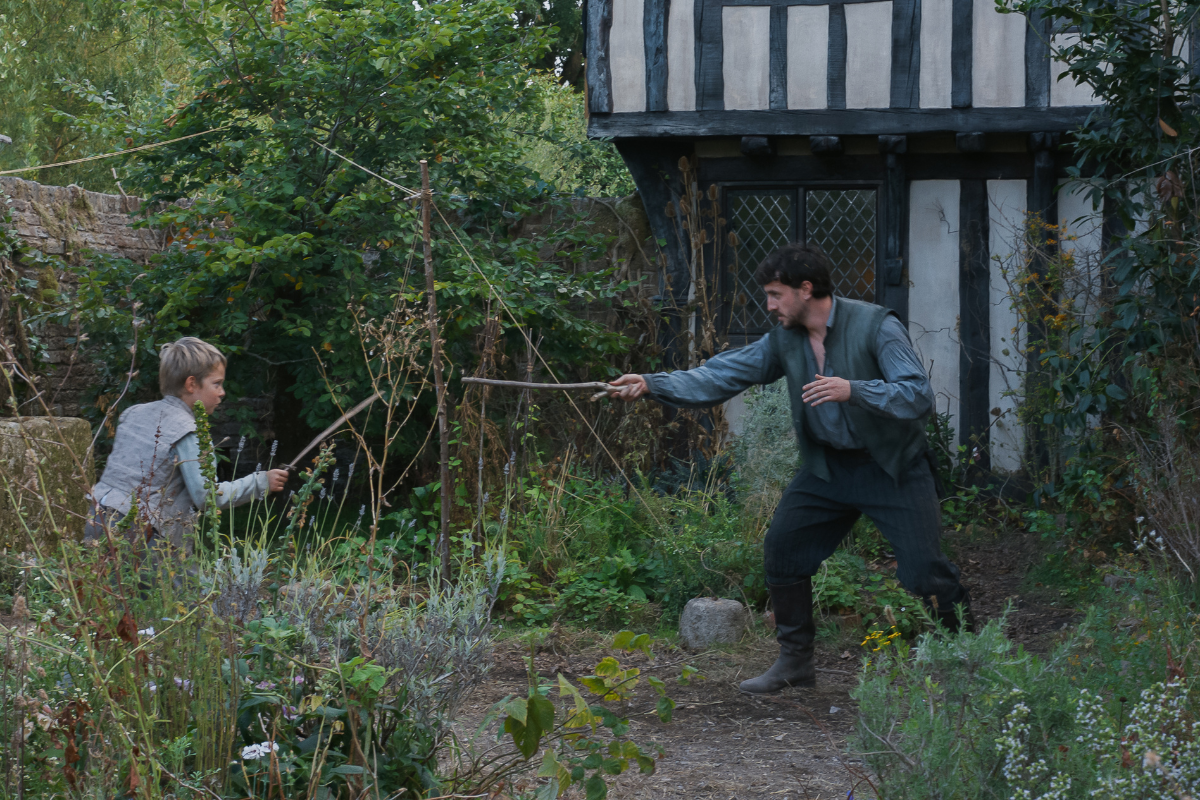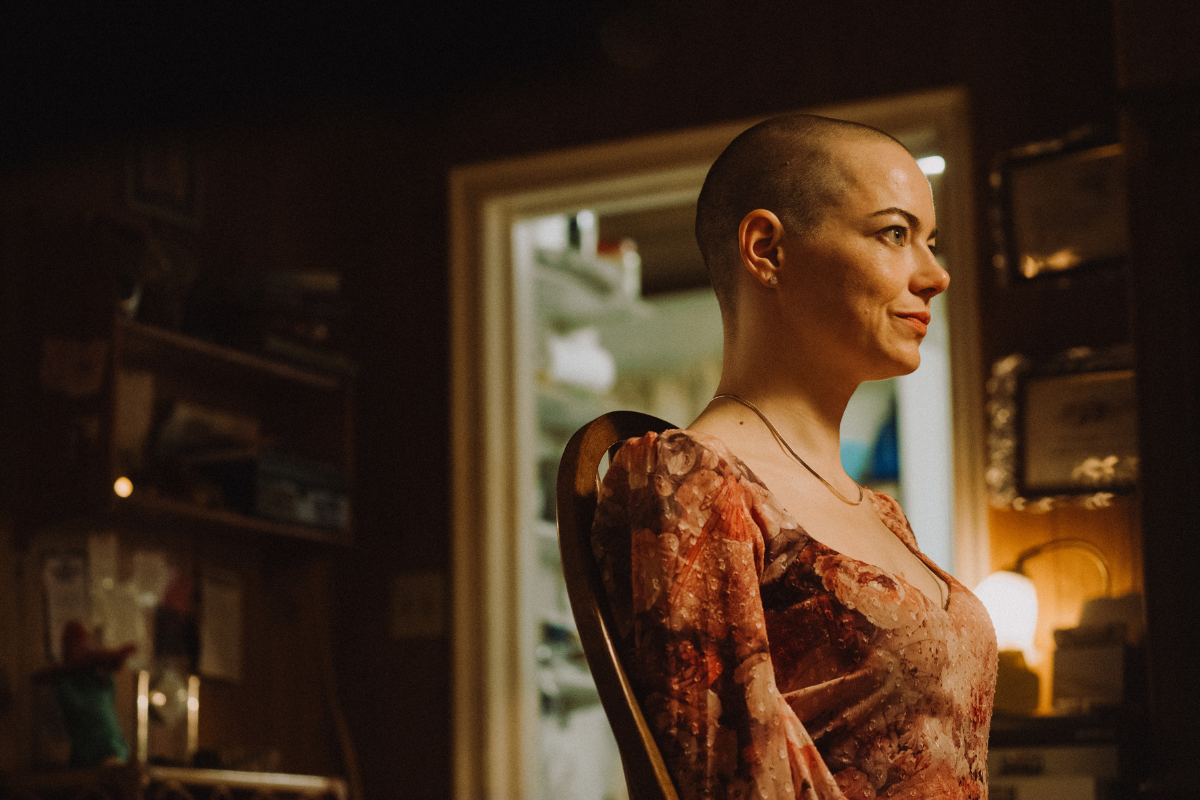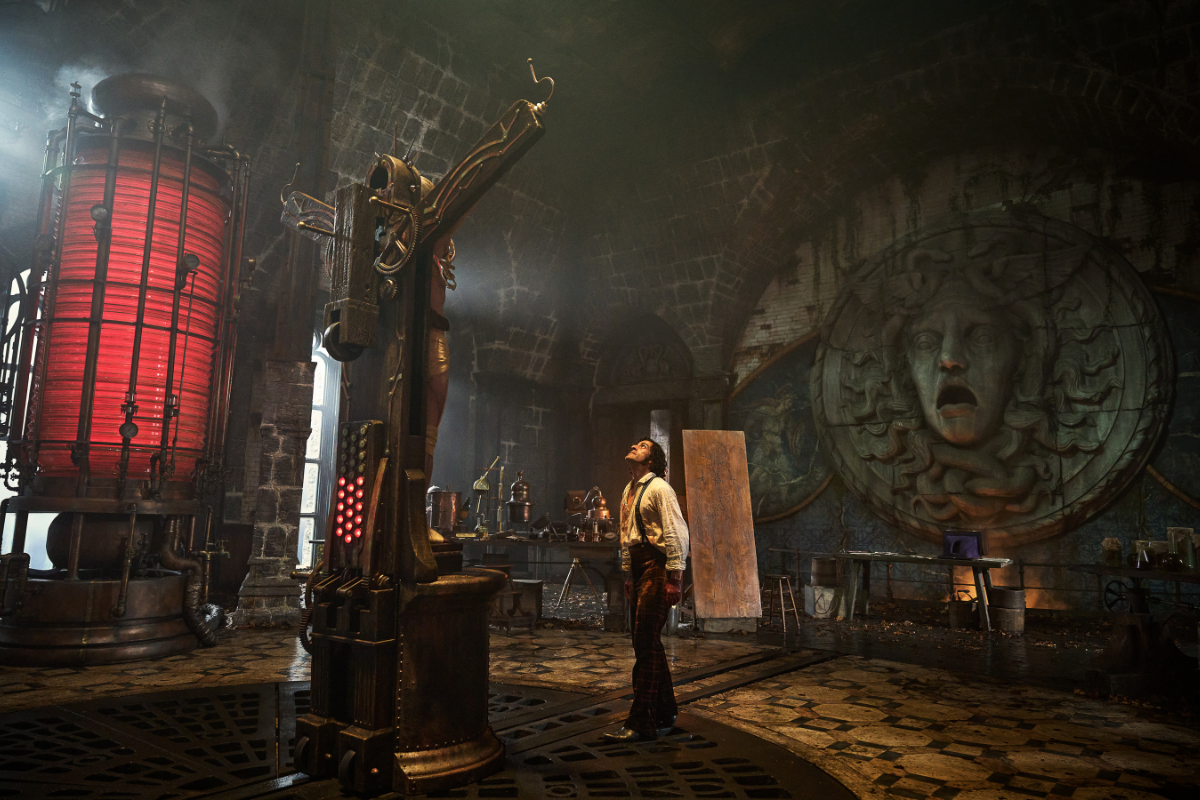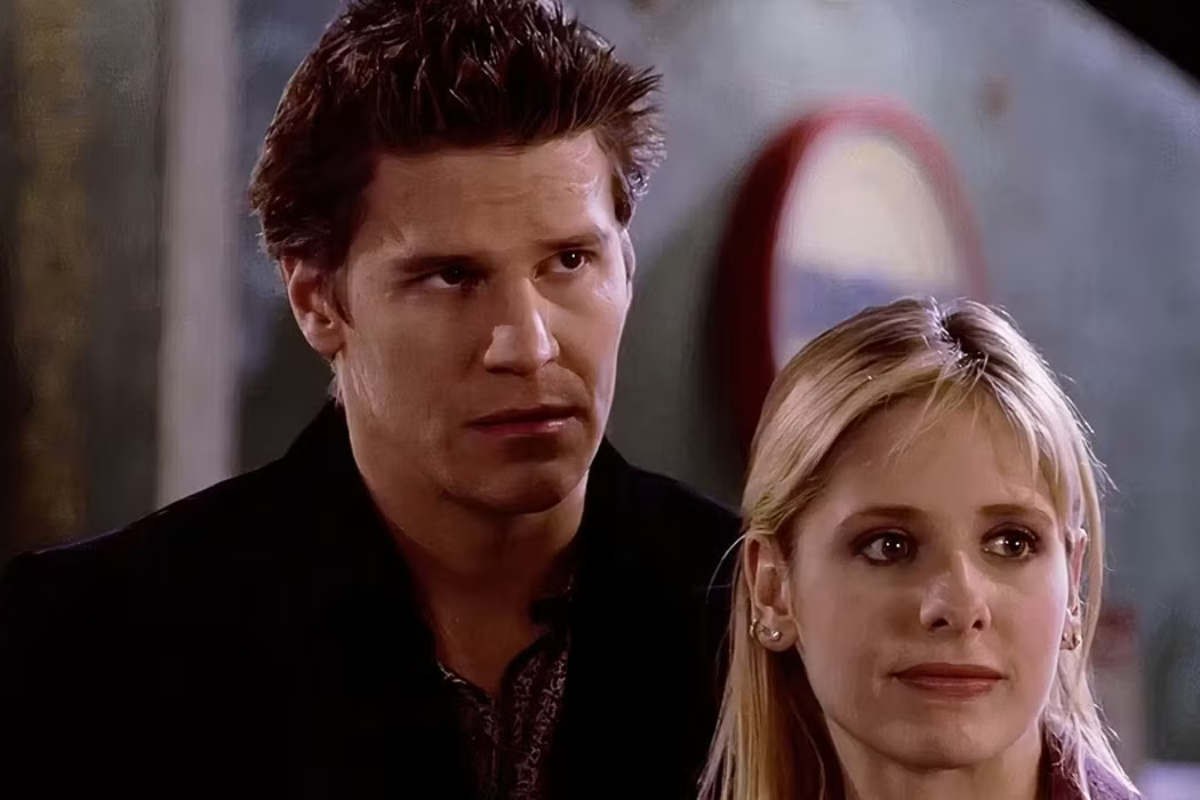Story Talk: The Greatest Screenwriting Secret You Will Ever Learn
When I first began writing in the screen trade, in what now feels like 200 B.C., I thought my job was pretty much done after I wrote and finalized my…
When I first began writing in the screen trade, in what now feels like 200 B.C., I thought my job was pretty much done after I wrote and finalized my submission draft. Screenplay edited, polished, vetted by my trusted supporters, and ready for the cold, hard world of the screenplay spec market. Well, it was only after many scripts, many rejections and many disappointments that I learned one of the most important “secrets” about screenwriting: i.e., you never write just one screenplay; you need at least four of them.
No one told me this starting out; it was one of those “school of hard knocks,” lessons-learned that unfortunately only comes with the maturation process of becoming a writer. "Maturation process" is of course a euphemism for the bloody hazing ritual we all go through breaking into the entertainment industry. The essence of this “secret” reveals that every script you write will eventually need four separate versions. Each “version” is targeted for a specific level of the green-light minefield. Pass through all the levels, and your script might just get to principle photography. The “green light process” is one of those industry terms’d art that describes the steps required to get from optioned screenplay to physical production. The process varies from film to film, but there are at least four levels (some call them circles of Hell) every writer will encounter along that path. And each requires (indeed demands) a unique response from the writer.
The Reading Draft:
The first draft you write is meant for the gatekeepers. These include studio readers, freelance story analysts, creative executives, agents and literary managers. These are the first line of defense of the movie industry’s immune system and their job is to seek out and destroy all screenplays that make it past the permeable membrane of Hollywood. The only way your screenplay will not end up absorbed and digested by the killer reader-cells is if your screenplay is written to appease their sensibilities. This means that the first script’s job is to be read. The script must not be geared for a director to shoot; it must not be skewed in any way to appear “camera ready.” No, the primary job of this first draft is to be read. So, the script should be written to be read, not shot. This is a huge point, as many newbie screenwriters think they should write a script that is ready for production. No, just the opposite is true. Think readers, not filmmakers. If the first draft is a good read, then it might survive the Hollywood immune response and make it to the next stage.
The Talent Draft:
Whew! You made past the gatekeepers. Now the agents or the studio creative executives want to package the script. They want to “attach elements.” This is Hollywoodese for “let’s find people to act in this fine film.” Any good agent or creative executive will then ask the writer to make some changes. While the writer will have to respond to what will most likely be inane suggestions, this is actually the time the smart writer will tweak the script so talent will find it irresistible. Now the job of the script is to be acted, not read. The writer wants the dialogue to pop, the characters to shine through the action, and the emotion to swell in the actors' hearts. You want the "key" talent to find their Oscar moment in your text. The script’s job now is to sell itself as a career vehicle, not as a good read for the weekend. The entire script should be rewritten to emphasize an actor's participation; at this stage the play’s the thing.
Distributor Draft:
Double whew! Gatekeeper killer-cells pacified, talent attached, now the producers of the film, if they’re clever, will ask the screenwriter to do another draft for the distributors. If a studio is already involved this won’t be necessary. But, if it is an indie film then this may be needed. The distributor draft is designed to show the entities partnering with the producers that the filmmakers value their input and respect their draconian contract terms. The job of this draft is to show the market potential for the story. Where could product placement go, what action elements are highlighted to attract the right demographics, etc.? Also, if budgetary concerns have not yet been addressed in the script, this is the last point where script tweaks are made to accommodate budget challenges. For example, this is where that five-hundred-person, Bollywood-style dance number at the end of the script gets dialed back to a two-person, tap-dance sequence. While “the play’s the thing” in the talent draft, here it’s all about demonstrating profitability. The writer now tweaks the script to highlight market potential and respond to the global reach and potential of the story.
Shooting Draft:
Reader killer cells appeased, talent emoting, distributors counting beans; all is finally ready for the real deal. Now, the filmmakers can finish the shooting draft that will be used for principle photography. Now (shhh, don't tell anyone else), the writer and director can write the movie they want to shoot. They can undo, rewrite, delete, and reinvent anything they had to do previously to get to this final stage. Now the original vision can be re-written back into the script, if it was lost along the way. Were all the earlier drafts and stages of the process pointless, if now the writer just brings it back to where it all started? No, filmmaking and screenwriting (unlike playwriting) is a collaborative process. The tweaks from all the earlier stages will not be totally undone, especially if a studio is involved, but this is a safe plateau in the process for realigning vision and dramatic focus, if necessary.
So, this is the greatest secret I’ve ever learned about screenwriting. Writers need to be adaptive to the requirements of the business of writing, and be ready to be responsive to all the stakeholders in a project—money rules, not creative vision. There’s plenty of time for re-establishing vision when you get to the shooting draft. In the meantime, learn the “secret” and have a long career.
Related Articles:
- Get a New Story: Make Time for What You Love
- Balls of Steel: Editing is Murder
- The First Ten Pages of a Screenplay
Tools to Help:
Jeff Lyons is a traditionally published author, screenwriter, and story development consultant with more than 25 years' experience in the publishing and entertainment industries. His writing has appeared in Writer’s Digest Magazine, Script Magazine, The Writer Magazine, and Writing Magazine (UK), among others. He has many craft-of-storytelling books published through Focal Press and Storygeeks Press, all available on Amazon. His feature film, American Thunderbolt, will go into production in 2023 and he has several other project in development with Content Kings Films (UK). Jeff is the founder of Storygeeks.com.


